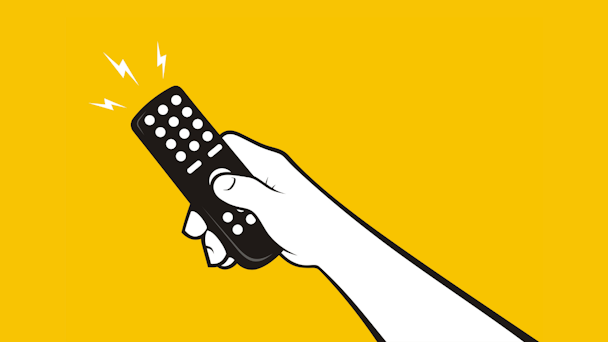Three common CTV mistakes that advertisers make, and how to fix them
Despite the overwhelming hype about connected television (CTV), far too many advertisers are sitting on the sidelines. As for those who have taken the plunge, many have made common blunders that sully their experience and interest in this new, quickly-growing channel. Luckily, writes TVDataNow’s chief executive John Hamilton, there are easy remedies for most of these gaffes.

CTV does not need to be daunting to the uninitiated advertisers who are looking to experiment / Adobe Stock
The CTV environment makes it easy for advertisers to maximize their spend, provided they follow some simple rules. Like other advertising mediums, the rules of engagement for beginners are slightly different than for experts. So advice geared toward those spending tens of millions of dollars will undoubtedly lead neophytes down the wrong path.
It’s critical for this industry and the players behind its success to help new advertisers understand how to best start their CTV journeys. We cannot afford to have new entrants feel disappointed by their test budget, never to return.
In conversations with new advertisers, I keep finding their issues centering around three mistakes that seem to be prevalent with other companies. They are easily avoidable with a slight reframe of CTV strategy.
Here are the three mistakes and how to solve them:
1. Focusing only on Roku and Hulu
Roku is a great platform/publisher (Hulu too), but it’s too easy for an advertiser just starting out to buy only on these two for immediate ease and scale. But what do you lose if you only buy with these two players? For one, you’re ignoring a massive percentage of the overall CTV landscape. In essence, it would be like putting your entire digital budget into Facebook. Maybe that was a good idea years ago, but definitely not now.
To solve this common mistake, expand your reach. Larger but lesser-known publishers such as Tubi and Pluto combined have as much reach as Hulu and Roku. And smaller, fast-growing publishers including Plex and Crackle are more willing to share a great deal of data and information that not only helps you optimize your existing campaigns, but provides priceless intel on how to structure future campaigns. This doesn’t mean you should neglect Hulu and Roku, but definitely do not allocate your entire budget to those two providers.
2. Limiting buys to open programmatic
This is a bad strategy for several reasons. First of all, publishers have limited what inventory is available programmatically because they prefer to do deals directly. Therefore, the publishers’ best inventory, audiences and placements remain unavailable to programmatic buys.
Secondly, programmatic remains more costly than direct, both because of the adtech tax and publishers choosing to charge lower CPMs for direct buyers. Thirdly, while publishers make it very easy to target by content in direct deals, only 12% of programmatic bid requests include content data, making targeting by content almost impossible programmatically, according to Iris TV. All in all, the value is clearly in direct buys versus programmatic for most advertisers at this time, which may be surprising to marketers weaned on digital performance marketing.
Luckily, most of the top 20 CTV app publishers have direct sales teams that will work directly with you. And, unlike the robotic exchange, they can hold your hand, answer your questions and ultimately increase your CTV IQ. You may be surprised at how little the minimum budget requirement is to work directly with app publishers and how relatively painless it can be.
3. Measuring the wrong outcomes
In CTV, too many advertisers are limiting the scope of what they measure, settling on unique reach and completion rate as key performance indicators (KPIs). While that tells you a good deal about whether people saw your ads, it does little to tell you how effective those ads were in persuading people. In short, it only tells half the story.
Instead, expand your scope and drive meaningful KPIs. CTV is a data-heavy and attributable channel. Take advantage of the ability to track outcomes with CTV and move beyond completion rates and unique reach. There are plenty of ways to attribute various outcomes including site visits, sign-ups and purchases directly to your CTV campaigns.
CTV does not need to be daunting to the uninitiated advertisers who are looking to experiment. All it takes is some simple guidelines to get comfortable with what makes CTV unique. Once they get some campaigns under their belts, they can expand to different strategies, but the above blueprint is the best way to get started.
John Hamilton is founder and chief executive officer at TVDataNow.
